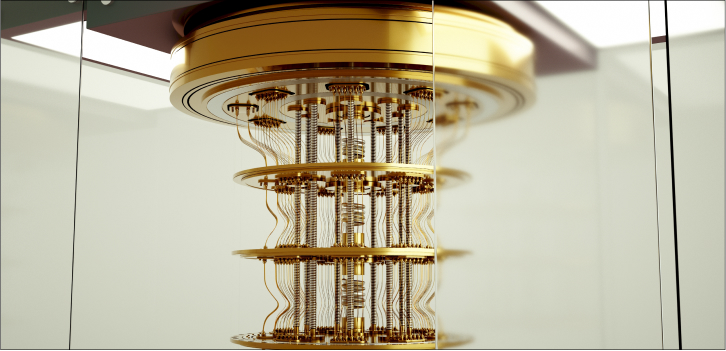As the threat of quantum attacks on crypto comes closer to materialising, how ready is the industry for such an event? Will crypto be able to resist such an attack?
Asymmetric cryptography is based on a mathematical principle called a “trapdoor one-way function”. This enables a public key to be derived from a private key, but not the other way around. The currently known algorithms would need such an astronomically huge amount of time to break the key that it just wouldn’t be feasible to do so.
However, according to a Deloitte article, in 1994, a mathematician called Peter Shor developed an algorithm that could break the security of the most common asymmetric cryptography algorithms.
This means that if a sufficiently large quantum computer can be built, then Shor’s algorithm could be used to derive a private key from its corresponding public key, allowing the quantum computer user to falsely sign the digital signature and steal all the cryptocurrency in a wallet.
Dr Leemon Baird, co-founder of Hedera, the third generation public ledger for use by enterprises, was quoted in an article by SiliconRepublic as saying that if the crypto industry didn’t prepare, a “nightmare scenario” could ensue. He stated:
“What it would mean is that you could break the signature system that allows you to say whether or not tokens are transferred out of your account. Someone could steal everything you have, all of your cryptocurrency, all of your tokens, they could do anything in your name because your name is just a signature and they could forge your signature.”
He added:
“And you could even do weird things like double spends, where you break the blockchain itself because you’ve broken the hash function.”
Baird did say though that the industry had plenty of warning, and that it was possible to protect some parts of the blockchain by increasing the hash size and symmetry key size, and other parts by switching to a different signature algorithm, but at a cost.
Baird said that one way was called “hashing”. By creating a “slightly bigger hash” it made it very difficult to find two inputs with the same output, thereby giving protection from quantum computers.
According to Baird, larger key sizes would protect digital signatures, but the amount they would have to be increased by would make them “very painful”, causing the blockchain to become slower and increasing the costs.
Baird stated that a typical transaction with a digital signature of 64 bytes, ranges from 100 to 200 bytes. However, by using the Falcon algorithm, the smallest of the 4 algorithms selected by the US National Institute of Standards and Technology, a signature would increase to 1,300 bytes, but could be reduced to as much as 800 bytes.
“It means you have to send more bytes, you have to store more bytes, you have to process more bytes,” Baird said. “Everything is a pain.”
However, he did state that this would fix the issue and that the byte size would become more manageable.
“No one’s going to die because we have put on 800 bytes or 1300 bytes signatures, we can survive it,” Baird said."
Disclaimer: This article is provided for informational purposes only. It is not offered or intended to be used as legal, tax, investment, financial, or other advice.
Investment Disclaimer












